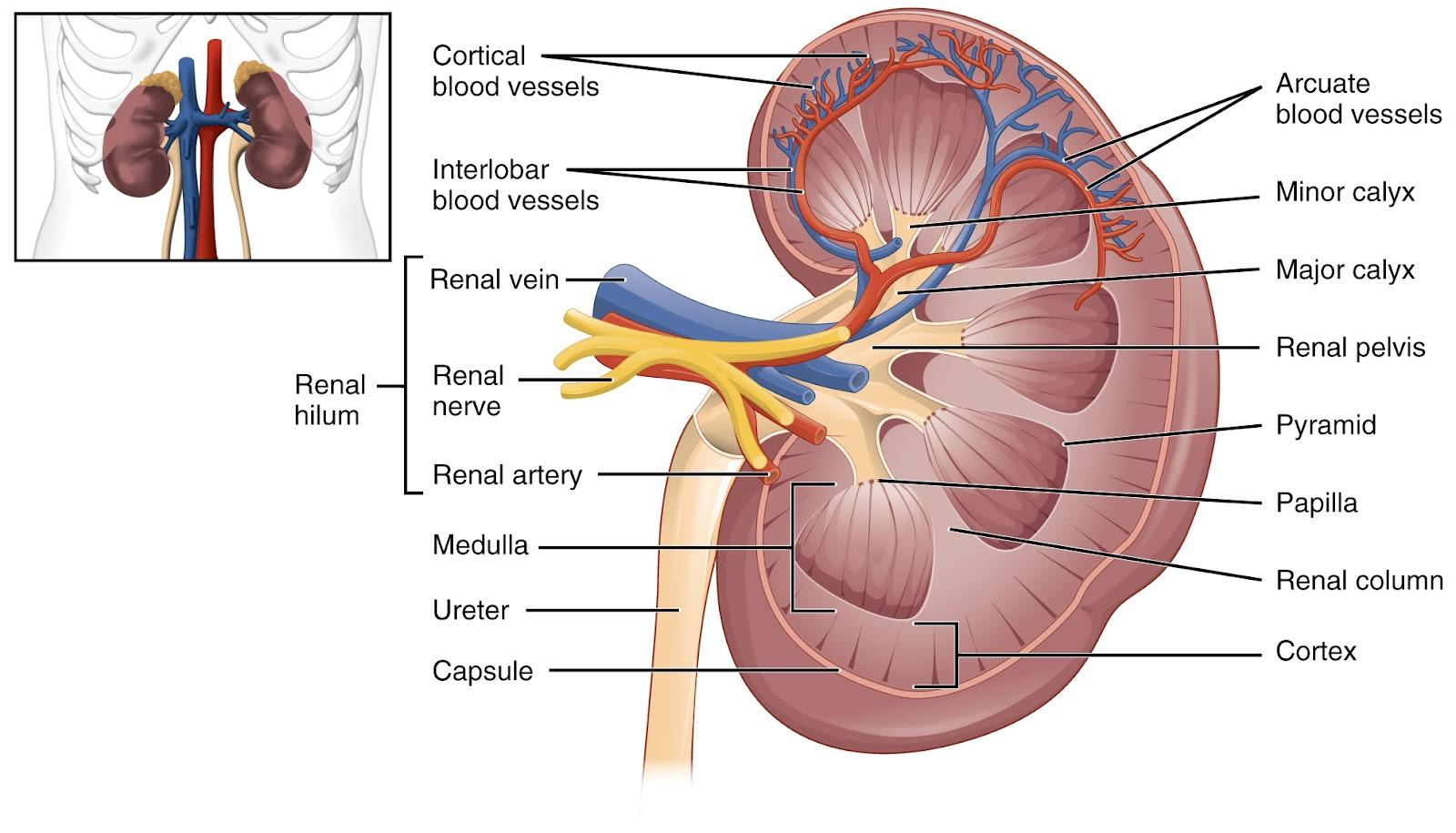
What removes ammonia from the body?
Answer
386.4k+ views
Hint: Ammonia is a nitrogen and hydrogen compound. Ammonia is a colorless gas with a distinct pungent odor. It is a stable binary hydride and the simplest pnictogen hydride. Too much ammonia in the body can lead to psychological issues such as confusion, exhaustion, and even coma or death. Seizures, breathing problems, a slowed response, and even death can occur when a child is exposed to too much ammonia.
Complete answer:
Excretion is a process of removal of metabolic waste from the body. During cellular respiration, many chemical reactions occur which are known as metabolism. These chemical reactions produce excretory materials like carbon dioxide, water, salt, urea, etc. If this waste gets accumulated in the body it becomes very harmful.
In mammals, the urine is passed through the urethra which is a part of the excretory system. Green plants produce carbon dioxide and water as respiratory products. During the process of photosynthesis Oxygen is released as a by-product.
In animals carbon dioxide, ammonia, urea and uric acid, creatine and guanine are the excretory products. In aquatic animals, they usually excrete ammonia to the external environment which is highly soluble in water. Birds excrete their waste in the form of uric acid which is more efficient for retention of water. In insects, malpighian tubules excrete the metabolic waste. The waste is released from the fecal matter.
A nitrogenous waste compound known as ammonia is excreted through the urine. Increase in the ammonia in blood shows the accumulation of ammonia in blood. This shows the kidney or liver is not working properly in the body. Ammonia can be poisonous to the cells and increased ammonia can be harmful to the whole body. Our body treats ammonia as an excretory product which is removed by the liver.

Note:
Hyperammonemia causes elevated ammonia levels in the brain, resulting in cerebral dysfunction with a variety of neuropsychiatric and neurological symptoms (impaired memory, shortened attention span, sleep-wake inversions, brain edema, intracranial hypertension, seizures, ataxia and coma).
Complete answer:
Excretion is a process of removal of metabolic waste from the body. During cellular respiration, many chemical reactions occur which are known as metabolism. These chemical reactions produce excretory materials like carbon dioxide, water, salt, urea, etc. If this waste gets accumulated in the body it becomes very harmful.
In mammals, the urine is passed through the urethra which is a part of the excretory system. Green plants produce carbon dioxide and water as respiratory products. During the process of photosynthesis Oxygen is released as a by-product.
In animals carbon dioxide, ammonia, urea and uric acid, creatine and guanine are the excretory products. In aquatic animals, they usually excrete ammonia to the external environment which is highly soluble in water. Birds excrete their waste in the form of uric acid which is more efficient for retention of water. In insects, malpighian tubules excrete the metabolic waste. The waste is released from the fecal matter.
A nitrogenous waste compound known as ammonia is excreted through the urine. Increase in the ammonia in blood shows the accumulation of ammonia in blood. This shows the kidney or liver is not working properly in the body. Ammonia can be poisonous to the cells and increased ammonia can be harmful to the whole body. Our body treats ammonia as an excretory product which is removed by the liver.

Note:
Hyperammonemia causes elevated ammonia levels in the brain, resulting in cerebral dysfunction with a variety of neuropsychiatric and neurological symptoms (impaired memory, shortened attention span, sleep-wake inversions, brain edema, intracranial hypertension, seizures, ataxia and coma).
Recently Updated Pages
How do you factor x2 + x 20 0 class 9 maths CBSE

How do you solve y6x and 2x+3y20 using substitutio class 9 maths CBSE

Chipko movement originated in Gopeshwar in A 1953 B class 9 biology CBSE

The adjacent sides in the parallelogram are supplementary class 9 maths CBSE

The compound used in plastic industry is A Vinyl acetate class 9 chemistry CBSE

How do you solve for y in 2left y dfrac12 right 4left class 9 maths CBSE

Trending doubts
According to Bernoullis equation the expression which class 11 physics CBSE

Draw a diagram of nephron and explain its structur class 11 biology CBSE

Differentiate between calcination and roasting class 11 chemistry CBSE

A solution of a substance X is used for white washing class 11 chemistry CBSE

What is spore formation class 11 biology CBSE

10 examples of friction in our daily life




